Wine production generates various byproducts, and one of the most abundant is wine lees—the sediment that remains after fermentation and aging. These byproducts, which often go to waste, can be transformed into high-quality organic fertilizer through a dedicated Wine Lees Organic Fertilizer Production Line. This process not only reduces waste but also provides a sustainable and nutrient-rich alternative to chemical fertilizers, benefiting both the environment and agriculture.
What is Wine Lees?
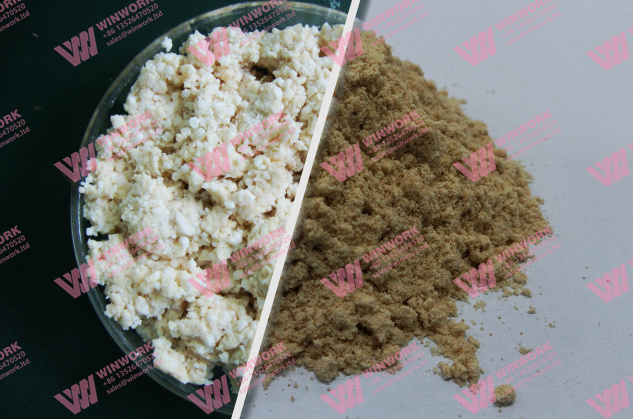
Wine lees consist of dead yeast cells, grape skins, seeds, and other organic material left after wine fermentation. Traditionally, wine lees were discarded or used as animal feed. However, recent innovations have shown that these organic byproducts can be processed into a valuable form of fertilizer, rich in essential nutrients such as nitrogen, phosphorus, and potassium.
By converting wine lees into organic fertilizer, wineries can contribute to sustainable agriculture while reducing their environmental footprint.
Wine Lees Organic Fertilizer Production Line Process
The process of converting wine lees into organic fertilizer involves several critical steps. Each stage is designed to transform raw wine lees into nutrient-rich, environmentally friendly fertilizer that can support healthy crop growth.
1. Collection and Preparation of Wine Lees
The first step in the process is the collection of wine lees from the wine production process. Since wine lees are typically wet, they must be dried to reduce moisture content and make them suitable for fermentation and granulation.
2. Fermentation
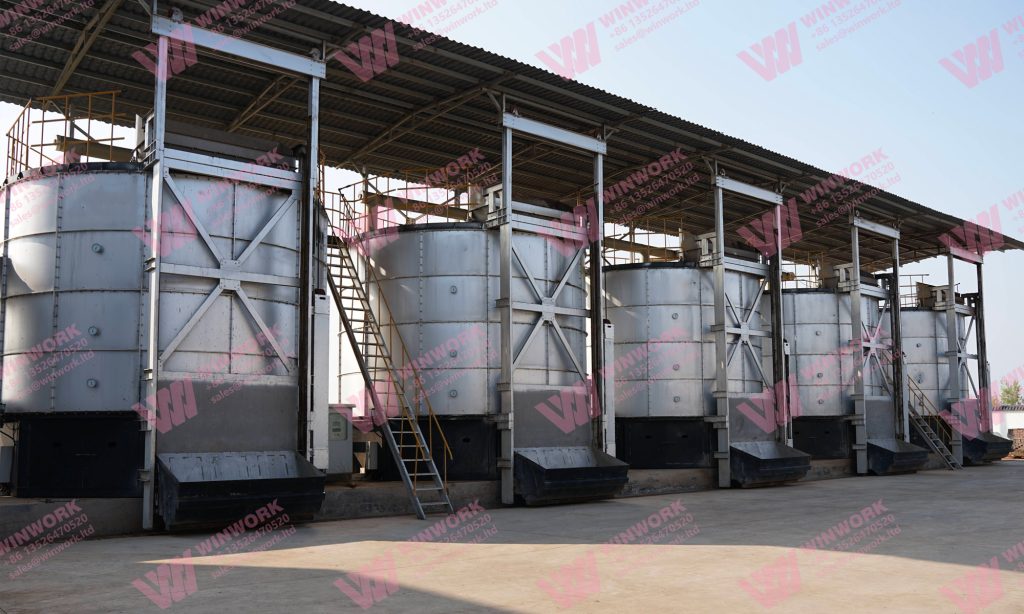
Once the wine lees are dried, they undergo a fermentation process where beneficial microorganisms break down the organic matter. This step enhances the nutrient content of the wine lees, releasing important plant nutrients such as nitrogen and phosphorus, while also eliminating pathogens and reducing the volume of organic material.
3. Blending with Other Organic Materials
After fermentation, the Wine Lees Organic Fertilizer are blended with other organic materials like animal manure, plant residues, or compost. This step improves the balance of nutrients in the final product and ensures that the fertilizer will provide comprehensive nourishment for plants. The blending process also ensures a uniform distribution of nutrients throughout the fertilizer.
4. Granulation
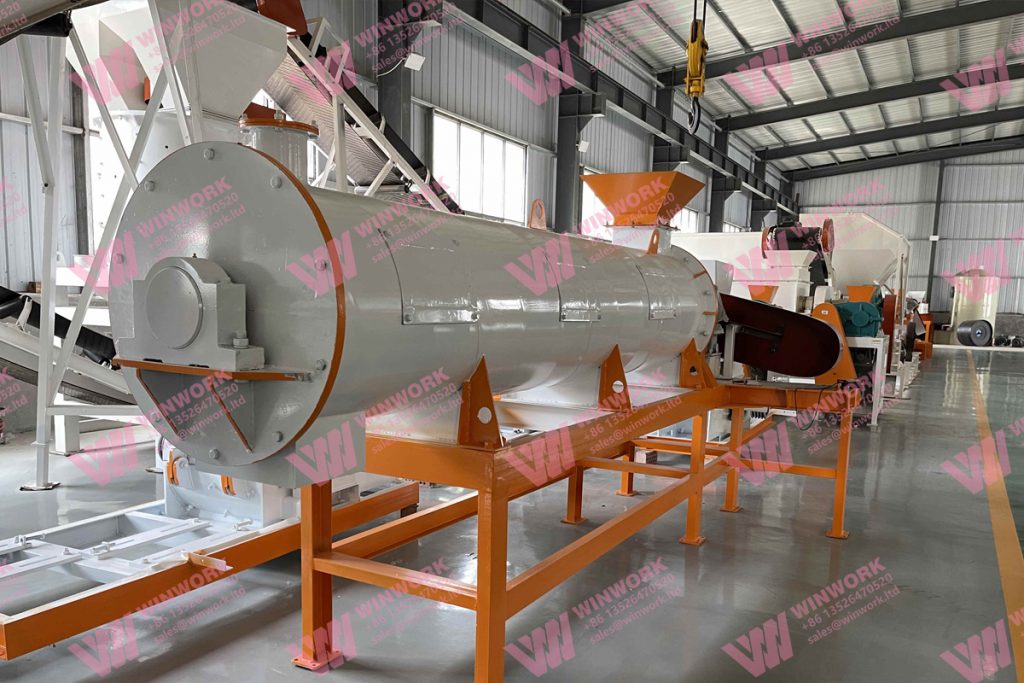
Next, the mixture of fermented wine lees and other organic materials is passed through a granulator. The granulator transforms the mixture into small, uniform granules, making the fertilizer easier to apply to the soil. Granulation also helps ensure that the nutrients are evenly distributed within the fertilizer, promoting effective nutrient release and consistent application.
5. Drying and Cooling
After granulation, the fertilizer granules must be dried to remove any remaining moisture. A fertilizer dryer is used to achieve the desired moisture content. Once dried, the granules are cooled using a fertilizer cooler to prevent them from sticking together and to maintain their structural integrity.
6. Screening and Packaging
The final stage involves screening the granules to remove any oversized or undersized particles. The correctly sized granules are then packaged for distribution. Automated packing machines are typically used to efficiently package the fertilizer into bags, ready for sale and use.
Key Equipment in Wine Lees Organic Fertilizer Production Line
To effectively process wine lees into organic fertilizer, several key pieces of equipment are essential:
- Fertilizer Granulator: This machine is responsible for forming uniform granules from the fermented wine lees mixture, ensuring the fertilizer is easy to apply and store.
- Fertilizer Dryer: The dryer removes moisture from the granules, ensuring the final product is stable and has a long shelf life.
- Fertilizer Cooler: After drying, the cooler ensures that the granules maintain their quality and do not stick together.
- Fertilizer Screening Machine: This machine separates the granules into uniform sizes, removing any inconsistencies in the product.
- Automatic Packing Machine: The packing machine automates the process of packaging the fertilizer into bags, improving efficiency and reducing labor costs.
Benefits of Wine Lees Organic Fertilizer
Converting wine lees into organic fertilizer offers numerous benefits for agriculture and the environment:
- Sustainable Waste Management
By recycling wine lees into organic fertilizer, wineries reduce waste and prevent the byproducts from polluting the environment. This process supports the principles of the circular economy by reusing organic materials instead of discarding them. - Nutrient-Rich Fertilizer
Wine lees are rich in essential nutrients like nitrogen, phosphorus, and potassium. When processed into organic fertilizer, they provide these vital nutrients in a slow-release form, promoting healthy plant growth and increasing crop yields. - Improved Soil Health
Organic fertilizers, such as those made from wine lees, improve soil structure, increase microbial activity, and enhance water retention. These benefits contribute to long-term soil fertility and the overall health of crops. - Eco-Friendly Alternative
Using wine lees as an organic fertilizer reduces reliance on chemical fertilizers, which can have negative environmental impacts. Organic alternatives like wine lees fertilizer help preserve soil health and minimize the risk of water pollution from synthetic fertilizers. - Cost-Effective Fertilizer Production
For wineries, producing organic fertilizer from wine lees is a cost-effective way to manage waste. Instead of paying for waste disposal or incurring environmental fees, wineries can create a valuable product that can be sold to farmers or used in their own operations.
How to Choose the Right Wine Lees Organic Fertilizer Production Line
When selecting a Wine Lees Organic Fertilizer Production Line, consider the following factors:
- Production Capacity: Choose a production line that matches the scale of your operations and the amount of wine lees you produce. The line should be capable of handling the volume of material you expect to process.
- Customization Options: Look for a production line that can be customized to your specific needs, such as adjusting the granule size, mixing ratios, or the inclusion of additional organic materials.
- Energy Efficiency: Opt for energy-efficient equipment that can help reduce operational costs and improve sustainability.
- Quality Control: Ensure the production line includes mechanisms for quality control to produce consistent, high-quality organic fertilizer.
Conclusion
The Wine Lees Organic Fertilizer Production Line provides a sustainable solution to managing waste from the wine production process while creating a high-quality product for the agriculture industry. By converting wine lees into nutrient-rich fertilizer, wineries can contribute to more sustainable farming practices, reduce environmental impact, and generate additional revenue. This process not only benefits the wine industry but also supports a greener, more sustainable approach to agriculture.


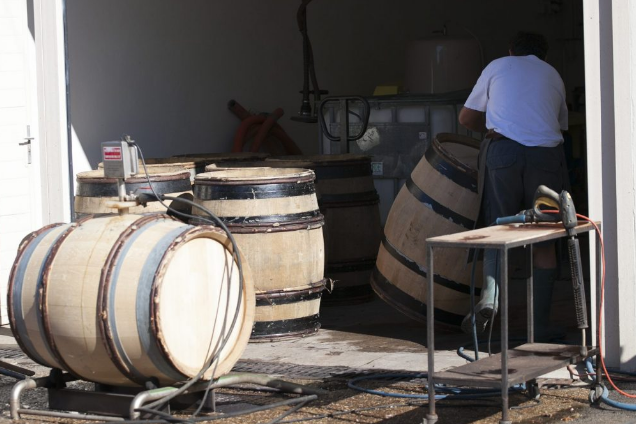
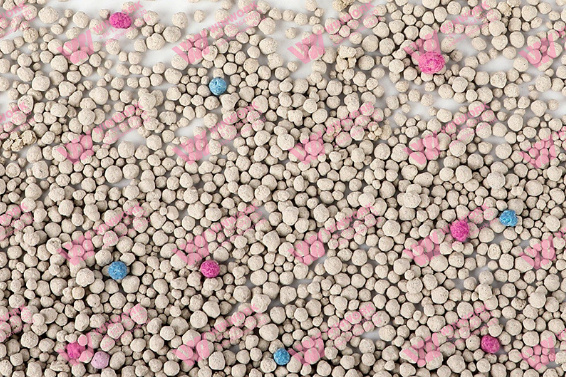
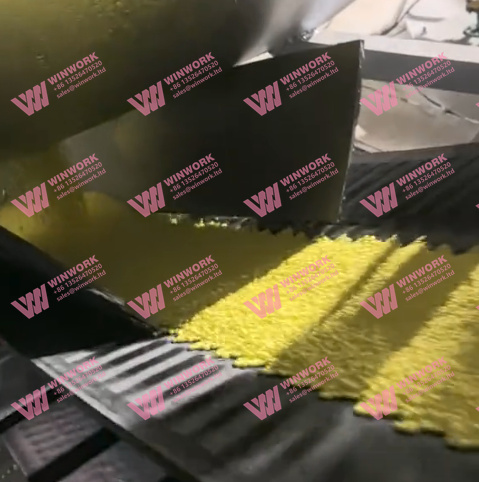
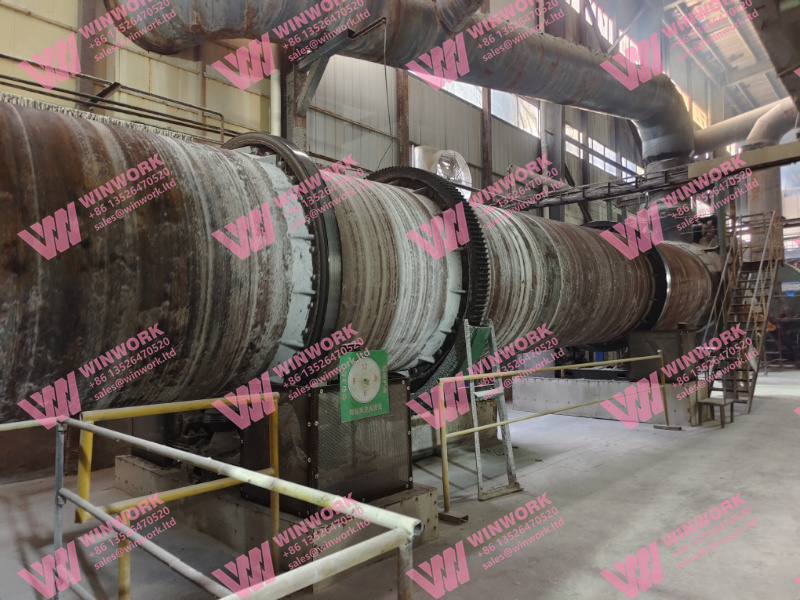
Get A Quote